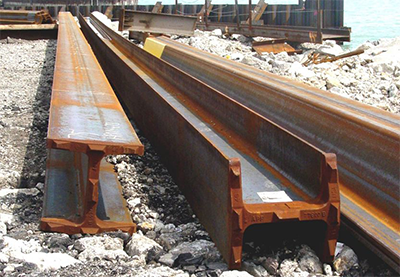Elastomeric bearing Vs pot bearing
bridge bearing is a critical component, it provides a bridge with flexibility, and it is used to transfer the loads from superstructure to substructure.
bridge bearing function:
- Facilitate transfer of vehicular and other environmentally imposed loads from the superstructure to the substructure.
- Accommodate anticipated movements such as thermal, shrinkage, creep movement.
Elastomeric bearings are made of layers of synthetic chloroprene rubber (CR) or natural rubber (NR). Steel plates are placed between rubber layers, rubber layer will be merged by vulcanization to produce a single pad. The elastomeric bearing will allow for rotation of superstructure. Movement of the superstructure will be accommodated through elastic deformation.
Figure 1
Figure 2
Pot bearing consist of a steel pot, the steel pot enclosing an elastomeric disc, the elastomeric disk pressed from the top by a steel plate, elastomeric will act as a viscous material and the top plate as a piston, pot bearing can accommodate a sizeable compressive force, pot bearing divided into:
- Fixed pot bearing: fixed bearing will allow rotation only with no movement
- guided pot bearing: guided bearing will allow rotation with translation movement in one direction only, sliding material with low friction coefficient(usually PTFE) will be used and slide against hard mat typically stainless steel, a guided bar will be used to restrict movement in other direction
- Free pot bearing: free pot bearing will allow rotation and translation movement in both directions.
Figure 3
Figure 4
When to use pot bearing instead of elastomeric bearing?
It is recommended to use pot bearing for high vertical load combined with a large angle of rotation. Using elastomeric bearing under these conditions will require a large surface bearing area so the compression can be transferred from the superstructure to piers. This can result in uneven stress distribution and damage to the substructure.



















Comments
Post a Comment